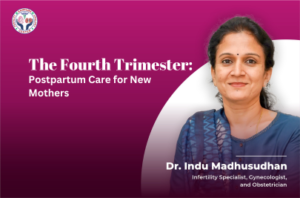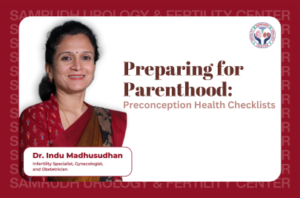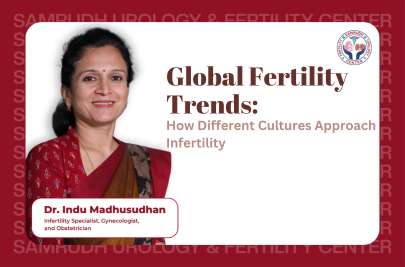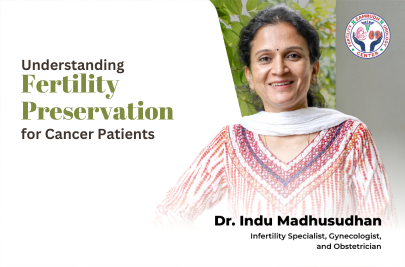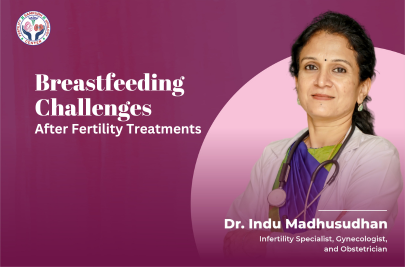Endometriosis is a common yet often underdiagnosed condition where tissue similar to the uterine lining grows outside the uterus. This condition can cause chronic pain, inflammation, and is a significant contributor to infertility in many women. Early detection of endometriosis is critical, not only for relieving symptoms and preventing disease progression but also for preserving and improving fertility outcomes.
Understanding Endometriosis
Endometriosis occurs when endometrial-like tissue implants on organs outside the uterus, such as the ovaries, fallopian tubes, or pelvic peritoneum. This ectopic tissue responds to hormonal changes during the menstrual cycle, resulting in cyclic bleeding, inflammation, and the formation of adhesions or scar tissue. These events can cause severe pelvic pain, heavy periods, and pain during intercourse, among other symptoms.
Despite its prevalence—affecting up to 10% of reproductive-age women—the true incidence of endometriosis may be underestimated due to challenges in diagnosis. The symptoms can be subtle or mistaken for common menstrual discomfort, leading to delays in seeking medical advice.
Impact of Endometriosis on Fertility
One of the most concerning consequences of untreated endometriosis is its negative impact on fertility. Research suggests that 30% to 50% of women with endometriosis experience difficulty conceiving. The condition can affect fertility through various mechanisms:
- Anatomical Distortion: Adhesions and scar tissue can distort the pelvic anatomy, interfering with the natural movement of the egg and sperm. Blocked or narrowed fallopian tubes reduce the likelihood of a sperm meeting an egg.
- Inflammatory Environment: Chronic inflammation caused by endometriosis leads to the release of cytokines and other inflammatory mediators. These substances can impair the quality of eggs, disrupt embryo implantation, and even affect sperm function.
- Hormonal Imbalances: Endometriosis is associated with imbalances in reproductive hormones. Altered levels of estrogen and progesterone can affect the menstrual cycle and reduce the window of fertility.
- Ovarian Reserve Impact: Endometriotic cysts, commonly known as “chocolate cysts,” can damage ovarian tissue and reduce the ovarian reserve over time, making it harder for women to conceive naturally.
Challenges in Diagnosing Endometriosis
Endometriosis is notoriously difficult to diagnose. The gold standard for diagnosis is laparoscopy with direct visualization of lesions—an invasive surgical procedure. Non-surgical diagnostic tools, such as pelvic ultrasound and magnetic resonance imaging (MRI), can identify ovarian endometriomas but may miss subtle peritoneal lesions.
Many women suffer for years before receiving a proper diagnosis due to the common misinterpretation of symptoms. As a result, women often endure chronic pain and fertility issues for more than a decade before endometriosis is confirmed. This delay not only prolongs suffering but may also lead to irreversible damage that further compromises fertility.
Importance of Early Detection
Early detection of endometriosis can be transformative for reproductive outcomes. When diagnosed early, treatment options can be implemented before extensive tissue damage occurs. Here are some key reasons why early detection is paramount:
- Preventing Disease Progression: Early intervention can limit the spread of endometrial implants and reduce the formation of adhesions, preserving normal pelvic anatomy.
- Improved Fertility Outcomes: Timely management—whether through medical or surgical means—can help restore normal pelvic conditions, thus enhancing the chances of natural conception or success with assisted reproductive technologies such as IVF.
- Symptom Relief: Early treatment helps alleviate the severe pain and discomfort associated with endometriosis, improving the quality of life and reducing the risk of chronic inflammation that further affects fertility.
- Personalized Treatment Options: Early detection allows clinicians to develop tailored treatment plans. Depending on the severity, options may include hormonal therapies to suppress menstrual activity, conservative surgery to remove lesions, or lifestyle modifications to reduce inflammation.
- Preserving Ovarian Reserve: For women who wish to conceive, early treatment may help maintain ovarian reserve and improve the quality of the remaining eggs.
Advances in Diagnostic Techniques
Emerging diagnostic technologies are making early detection of endometriosis more accessible. Advancements in imaging techniques, such as enhanced ultrasound protocols and high-resolution MRI, are improving the ability to detect even small lesions. Researchers are also exploring non-invasive biomarkers—circulating inflammatory markers, microRNAs, and genetic profiles—that may serve as early indicators of endometriosis. These innovations hold promise for reducing diagnostic delays and enabling earlier interventions.
Managing Endometriosis for Improved Fertility
Once diagnosed, a multidisciplinary approach to managing endometriosis is crucial. Treatment plans typically include:
- Hormonal Therapies: Birth control pills, GnRH agonists, and progestins can help reduce menstrual flow and suppress endometrial growth. While these therapies are effective in controlling symptoms, they are often incompatible with fertility goals.
- Surgical Interventions: For women with severe endometriosis or those facing infertility, laparoscopy can be used to remove lesions and adhesions. Early surgical treatment, before significant scarring occurs, may significantly improve fertility outcomes.
- Lifestyle Modifications: Diet, stress management, and regular exercise play a role in reducing inflammation and supporting overall reproductive health. Anti-inflammatory diets rich in omega-3 fatty acids, antioxidants, and fiber may offer additional benefits.
- Supportive Therapies: Complementary treatments such as acupuncture and physical therapy may help manage pain and improve pelvic blood flow, contributing to better reproductive outcomes.
Conclusion
In conclusion, early detection of endometriosis is critical for preserving fertility and improving quality of life. The sooner endometriosis is diagnosed, the better the chances of implementing effective treatments to halt disease progression, alleviate pain, and enhance reproductive potential. With a combination of advanced diagnostic techniques, personalized treatment plans, and supportive lifestyle modifications, women can take control of their reproductive health and improve their likelihood of conception. Prioritizing early detection not only ensures timely intervention but also empowers women to make informed decisions about their fertility journey and overall well-being.





